14 Wild Animals in Argentina [Wildlife in Argentina]
Want to know more about wildlife in Argentina?
Discover 14 wild animals in Argentina in this post, as well as interesting facts about them. 🇦🇷
Learn All About Argentina Animals
Ready to learn all about Argentina animals?
I’ve always been fascinated by animals, and by how they can be so different from one country to another. In this guide, we’ll focus on the many animals Argentina has on the land, in the sky, and underwater.
I’ve split the guide into 4 categories:
- Native animals from Argentina
- Endangered animals of Argentina
- What is the national animal in Argentina?
- How many animals native to Argentina?
Let’s dive in right away with our first category!
Native Animals from Argentina
Argentina is a large Spanish-speaking country located in the southern part of South America. It is bordered by Chile, Bolivia, Paraguay, Brazil, and Uruguay, and its capital city is Buenos Aires, which counts more than 2,891,000 inhabitants (but more than 15,594,000 if you include the metropolitan area!).
An interesting part of the country that I wanted to tackle is its wildlife. In light of that, I have listed the best of it, and I hope you will love learning what animals live in Argentina.
Here’s the Argentina animals list.
1. Patagonian seahorse
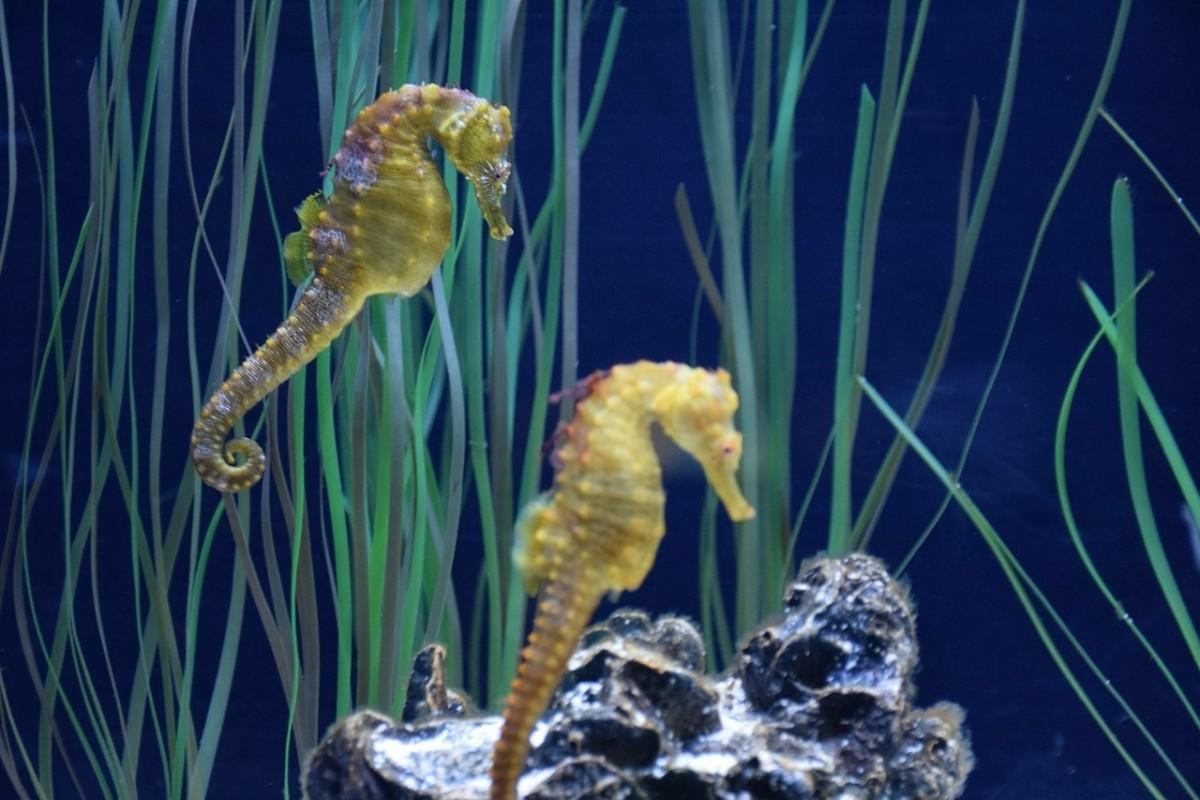
- Name: Patagonian seahorse
- Scientific name: Hippocampus patagonicus
- Conservation status:
The Patagonian seahorse can be found off the coast of Brazil and Argentina. It lives in coastal waters, at shallow depths. Just like other seahorses, it is famous for having the male carrying eggs.
This seahorse mostly feeds on amphipods and decapods, and it is seriously threatened by habitat degradation. Its population is expected to decrease by around 30 percent in the next 10 years. It is also threatened by shrimp fisheries and vessel traffic.
2. Capybara
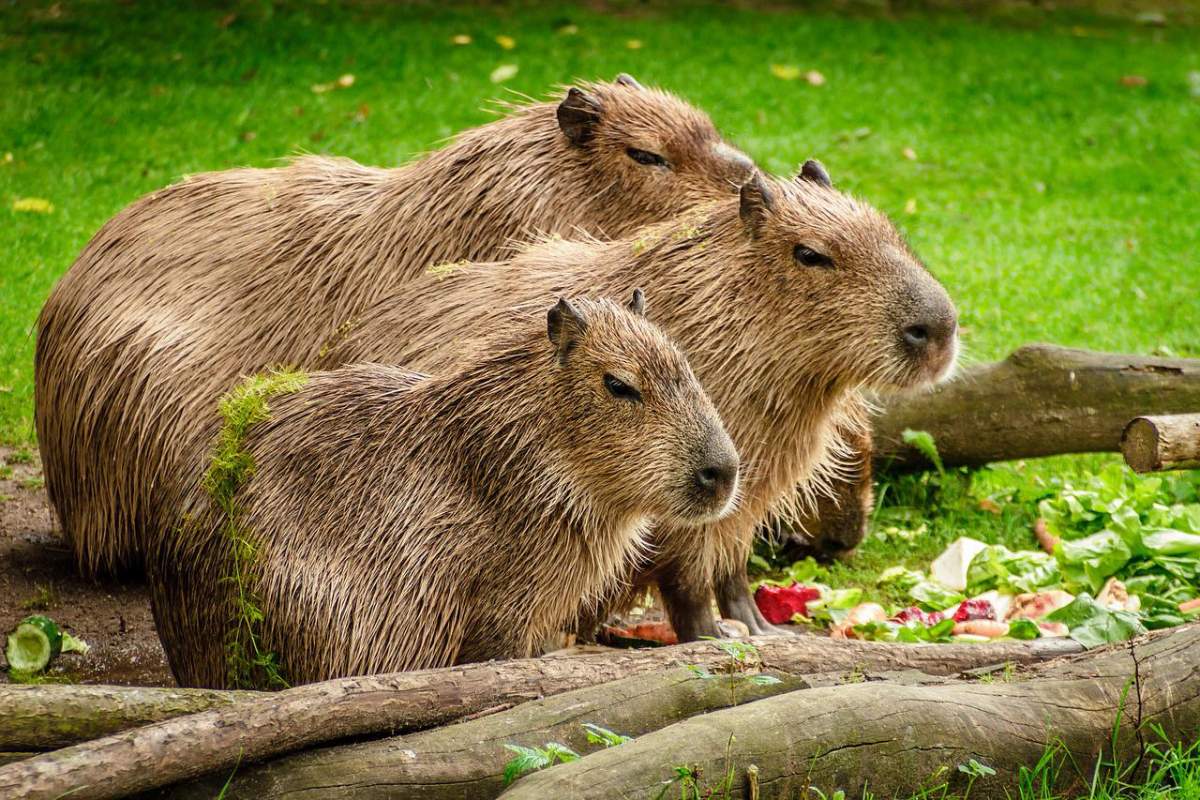
- Name: Capybara
- Scientific name: Hydrochoerus hydrochaeris
- Conservation status:
The capybara is a truly unique animal. It is the largest living rodent on the planet and is native to South America. It can be found throughout most of it, except for the southernmost part. It usually lives in savannas or dense forests, near bodies of water.
It usually lives in groups of 10 to 20 individuals, but has also been found in groups of up to 100 animals. It is not a threatened species but is still hunted for its meat and hide.
3. Jaguar
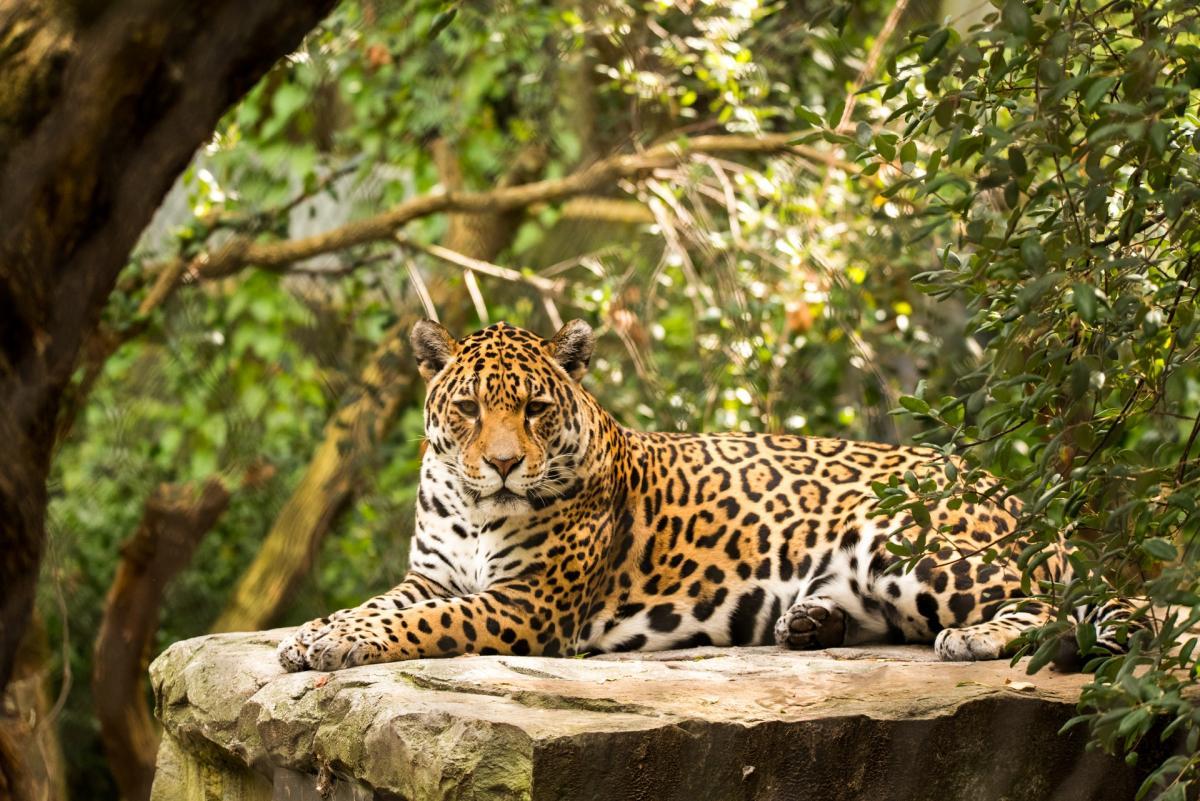
- Name: Jaguar
- Scientific name: Panthera onca
- Conservation status:
The famous jaguar is a mighty, beautiful, and scary feline. It is the third-largest cat species in the world and the largest one in the Americas. Its coat is made of yellow to tan colored fur covered with spots, making it really hard to see in the jungle where it lives.
Its jaw is so powerful that it can break through the carapaces of turtles, and it can use its unique killing method: it bites through the skull of its prey to hit the brain.
4. Chilean flamingo
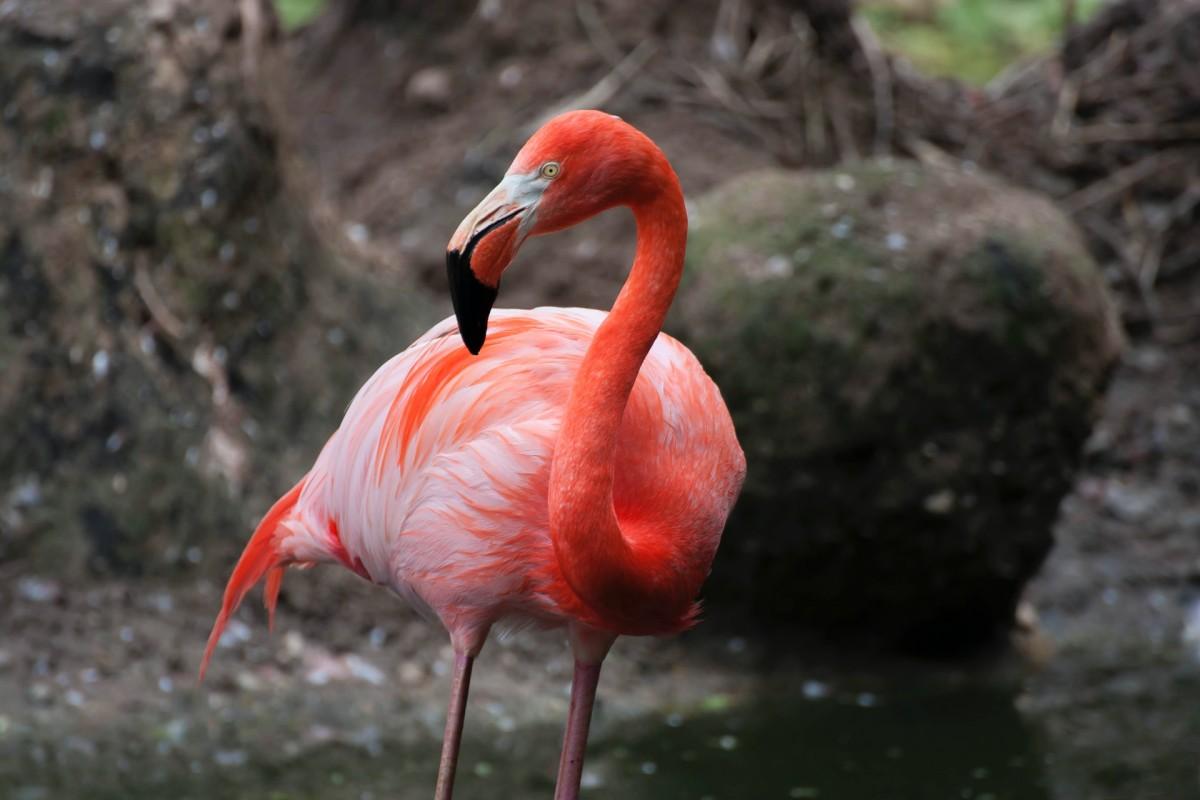
- Name: Chilean flamingo
- Scientific name: Phoenicopterus chilensis
- Conservation status:
Despite its name, the Chilean flamingo is found throughout most of Argentina, but also anywhere from Ecuador and Peru to Chile. These flamingos inhabit salt lagoons, which are vulnerable to habitat degradation and water pollution, listing them as near threatened.
Compared to the greater flamingo, its plumage is pinker, as well as its leg joints. The Chilean flamingo mostly feeds on algae and plankton. Interestingly enough, males and females cooperate and build a mud nest, where the egg will be later laid down.
5. Burrowing parrot
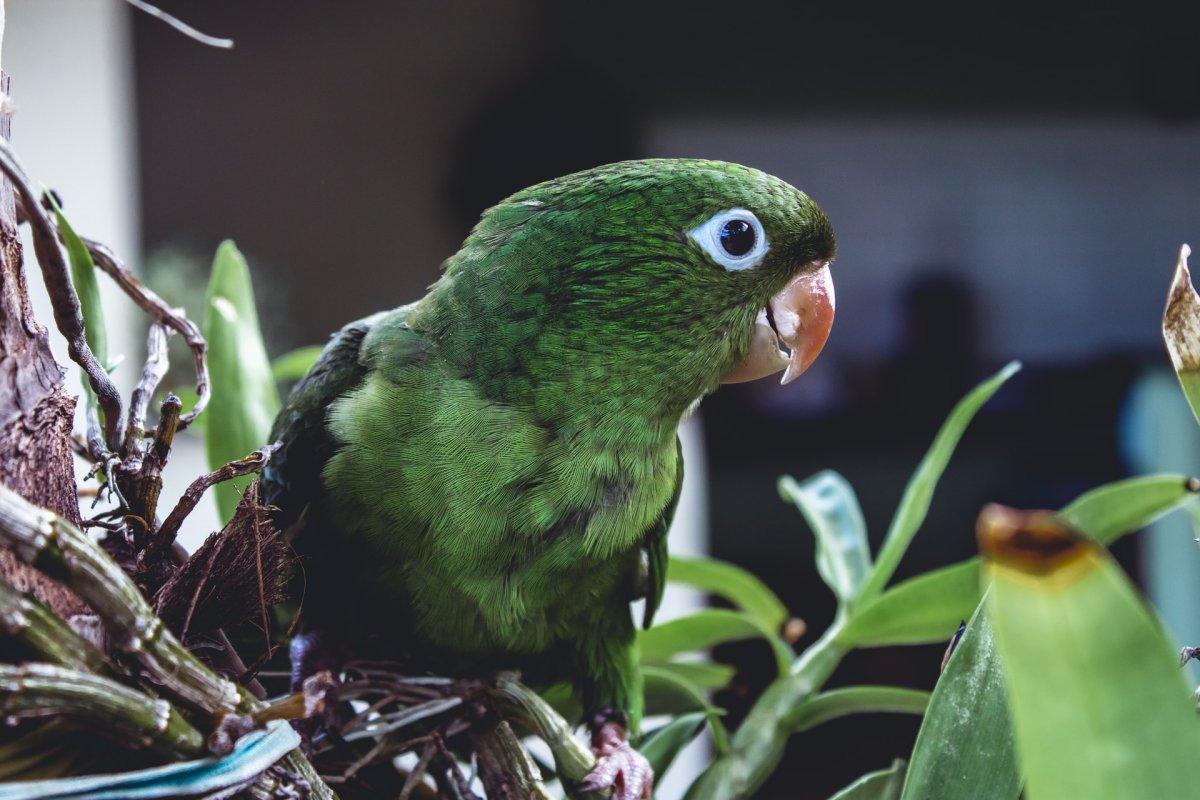
- Name: Burrowing parrot
- Scientific name: Cyanoliseus patagonus
- Conservation status:
The burrowing parrot can be found in Argentina and Chile. It has a distinctive white eye-ring and breast marking. Its name comes from the fact that it excavates burrows in cliff faces and ravines to rear its eggs and offspring. Its diet is made of seeds, berries, and fruits.
Even though they are currently listed as least concern, burrowing parrots are suffering from exploitation and persecution, and their population is on the decline.
6. Patagonian mara
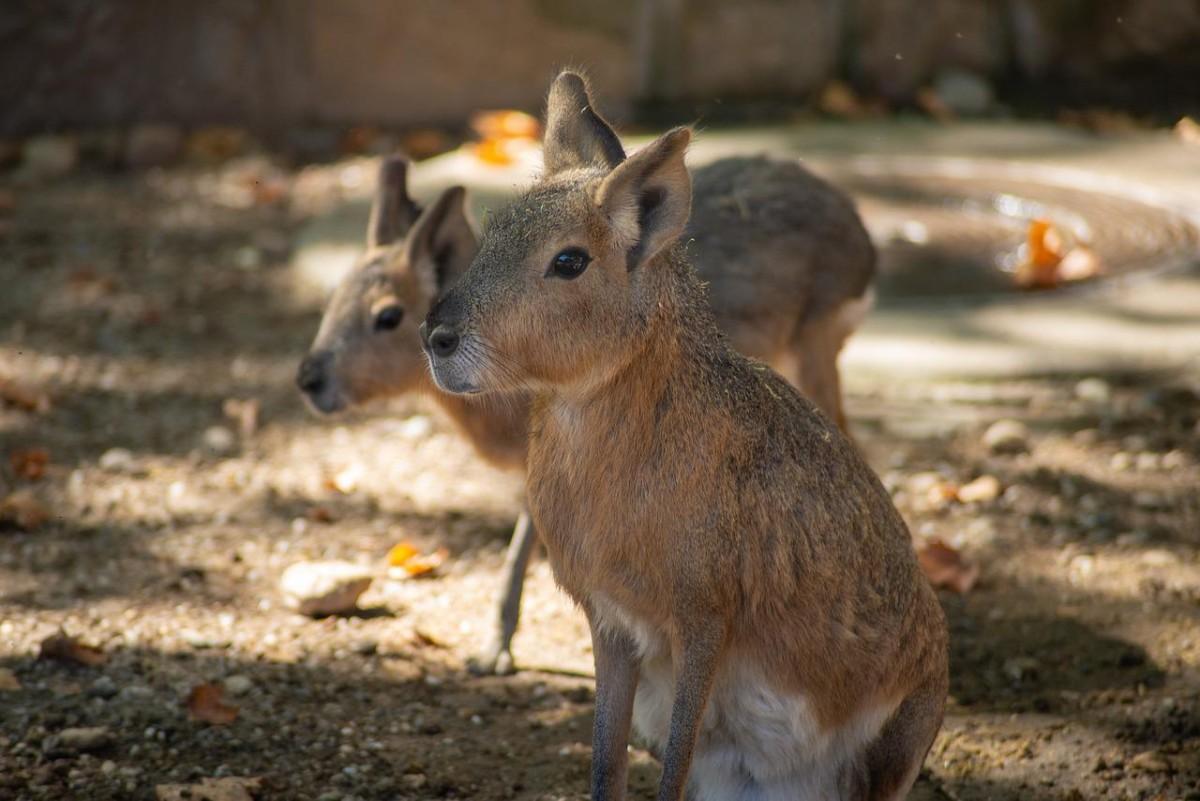
- Name: Patagonian mara
- Scientific name: Dolichotis patagonum
- Conservation status:
The Patagonian Mara is a very large rodent, and it is also known as dillaby or Patagonian hare. It is herbivorous, has rabbit-like features, and it can be found in… Patagonia. Patagonia is the southern part of South America, including Argentina and Chile. There are varied habitats in Patagonia, like fjords, the Andes Mountains, lakes, and glaciers.
The biggest threat to Patagonian maras is hunting and habitat degradation. Because of this, they have left some areas over time, including the Buenos Aires province.
7. Guanaco
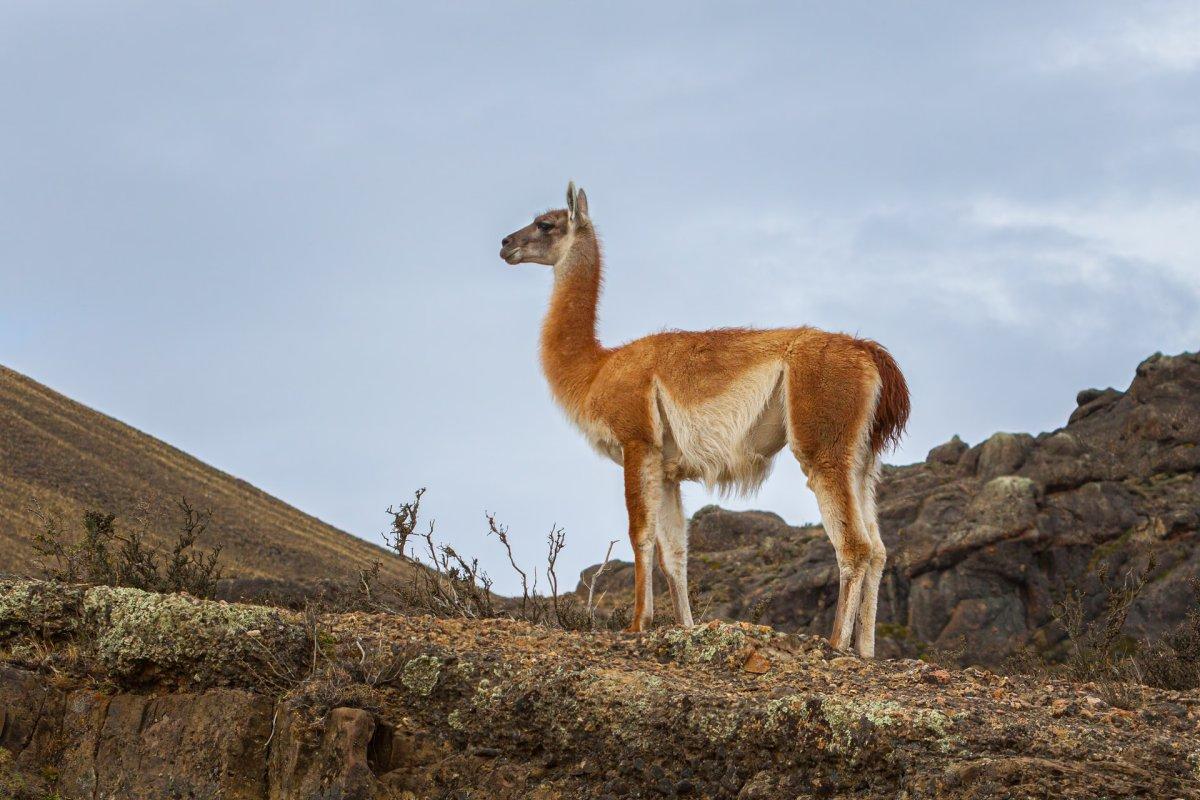
- Name: Guanaco
- Scientific name: Lama guanicoe
- Conservation status:
The guanaco is a camelid native to South America. It is very closely related to the llama, and its name comes from Quechua. It is one of the only two wild South American camelids, the other being the vicuña, living at higher altitudes.
Guanacos live in herds and can be found in the steppes and mountainous regions of South America. They have a particularly strong population on Isla Grande de Tierra del Fuego, far away from any human activity whatsoever, and therefore from any livestock competition.
8. Moreno’s ground dove
- Name: Moreno’s ground dove
- Scientific name: Metriopelia moreno
- Conservation status:
Moreno’s ground dove, also known as the bare-eyed ground dove, is an endemic species of bird, which means it can only be found in Argentina. This bird is around 17 cm / 6.7 in long, and its plumage is mostly brown, with a gray head and shoulders.
This dove inhabits northwestern Argentina, in temperate grassland with cactus and scrub. Surprisingly, its diet has not been documented, but we know that it feeds on the ground, in small groups.
9. Pink fairy armadillo
- Name: Pink fairy armadillo
- Scientific name: Chlamyphorus truncatus
- Conservation status:
The pink fairy armadillo is a very peculiar animal. It is solitary and is adapted to the desert. It is endemic to central Argentina and is most of the time hiding in sandy plains and dunes. Its diet is made of insects, snails, and worms, and it is a nocturnal animal.
It is the smallest of all armadillos, animals with a very hard carapace they use to roll up into a ball (however, only the “Tolypeutes” species, which the pink fairy armadillo is not part of, can do that).
10. Jararaca
- Name: Jararaca
- Scientific name: Bothrops jararaca
- Conservation status:
“Bothrops jararaca”, commonly known as the jararaca, is one of the most dangerous Argentine animals. It is a highly venomous pit viper, native to South America. It can now be found in southern Brazil, Paraguay, and northern Argentina.
Its name comes from the Tupi language, meaning “large snake”. It is a major cause of snakebite in South America, but its venom is also very useful, as it helped develop treatments for hypertension and other heart failures.
11. Yacare caiman
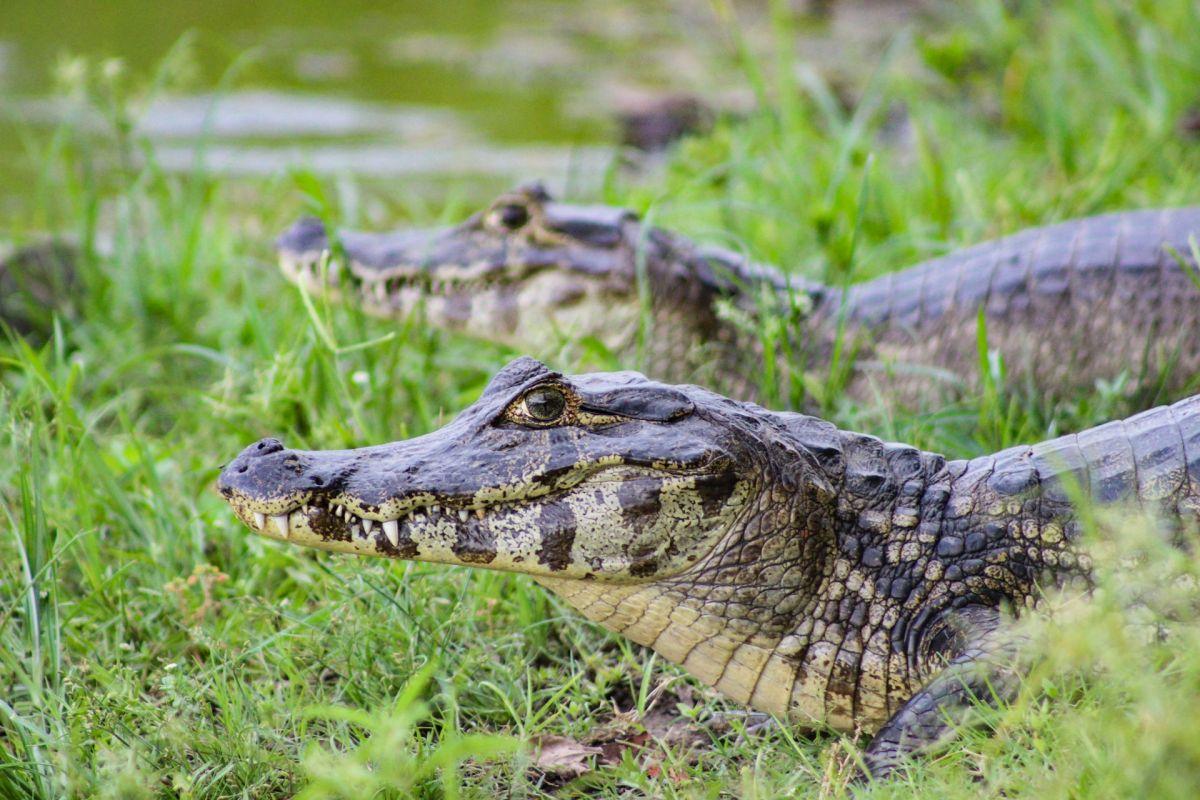
- Name: Yacare caiman
- Scientific name: Caiman yacare
- Conservation status:
The yacare or jacare caiman is a species of caiman native to South America. Its geographic area ranges from western Brazil to northern Argentina, which includes Bolivia and Paraguay. It is brown-colored and lives in lakes, rivers, and wetlands. It feeds on aquatic animals and land vertebrates.
During the 1980s, it was heavily hunted for its skin, and its population severely dropped. Now, there are trading restrictions and the population in the Pantanal is 10 million.
12. Andean mountain cat
- Name: Andean mountain cat
- Scientific name: Leopardus jacobita
- Conservation status:
The Andean mountain cat is a small wild cat native to the Andes mountain range. There are only around 2,500 individuals in the wild, making it an endangered animal, even though it is considered sacred by indigenous Quechua and Aymara people. It is threatened by habitat loss, habitat degradation, hunting, and reduction of prey population.
Its fur is ash-coloured, and it only lives at high altitude, usually from 1,800 m / 5,900 ft to 4,000 m / 13,000 ft. Also, I have to say it, it looks really cute!
13. Andean condor
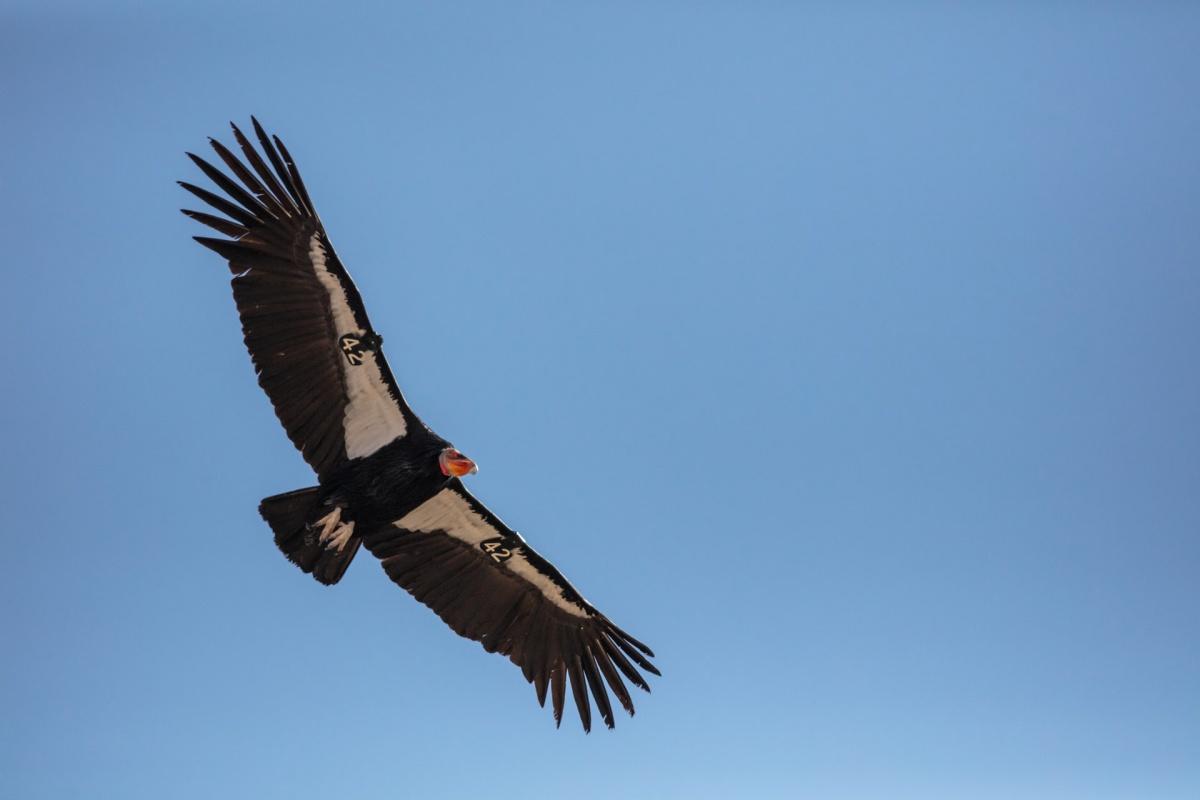
- Name: Andean condor
- Scientific name: Vultur gryphus
- Conservation status:
The Andean condor is a vulture native to the Andes mountains. It can be found throughout most of Chile, but also in Argentina, Bolivia, Colombia, Ecuador, and Peru. In fact, it is a national symbol in all these countries, except for Argentina. It has an important role in mythology and folklore in those regions.
It is widely famous for being the largest bird of prey in the world, having a stunning wingspan of 3.3 m / 10 ft 10 in!
14. South American rattlesnake
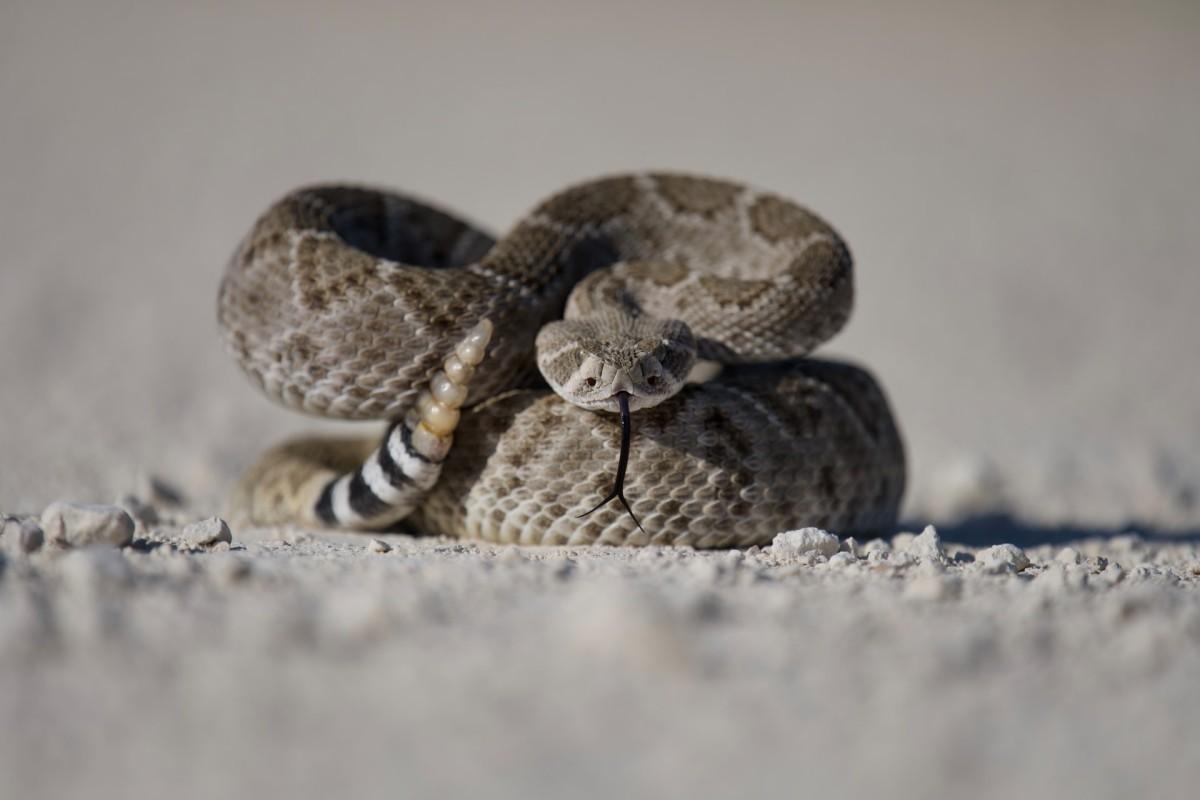
- Name: South American rattlesnake
- Scientific name: Crotalus durissus
- Conservation status:
Similar to the jararaca, the South American rattlesnake is another highly venomous and widely distributed species of pit viper. It has a maximum length of 1.9 m / 6.2 ft, with distinctive stripes. It is active at dusk and in the early hours of the morning. Good news for local people, it is usually not aggressive towards humans, except if cornered or threatened, obviously.
Its diet is made of the most common prey it can find: rodents and lizards.
—
So there you have them, these were my 14 native animals of Argentina. I hope you enjoyed this list and that you learned something new today.
In case you want to learn more about animals in the country, feel free to keep reading, as I still have lots of things to tell you about:
Endangered Animals of Argentina
This is definitely the saddest part of the list, but it is crucial to raise awareness. Because of this, let’s go through the list of endangered animals in Argentina.
Here are the animals in danger of extinction in Argentina.
- Cryptonanus ignitus
- Golden Vizcacha rat
- Naked characin
- El Rincon stream frog
- Fossorial giant rat
- Social tuco-tuco
- and 13 more…
- Zapala frog
- Ibera seedeater
- La Banderita marsupial frog
- Many-spotted tree iguana
- Shoulder tree iguana
- and 22 more…
To see the full list of endangered species in Argentina, head over to the International Union for Conservation of Nature’s Red List.
What is the National Animal of Argentina?
The national animal of Argentina is the Rufous hornero.
The rufous hornero is a medium-sized bird native to eastern South America. As a matter of fact, it is also the national bird of Uruguay, and its plumage is reddish-brown.
Its predators are birds of prey like eagles, but also small mammals, cats, snakes, and lizards. To protect itself and its offspring, it builds a covered nest.
How Many Animals Native to Argentina?
What is the diversity of native animals in Argentina?
Let’s look at the total number of species of Chordata (mammals, birds, fishes, and reptiles).
Total number of animal species in Argentina: 2,530 (14,027 in total in South America)
More About Animals in the World!
Loved these Argentina wildlife facts? Want to see what animals live in other countries?
Then check out these posts:
Or click here to see ALL the facts up on the blog! Spoiler alert: there’s A LOT of them.
Share the knowledge! Click on the buttons below to share information about these famous animals in Argentina with your friends, and help them learn more about the world 🙂
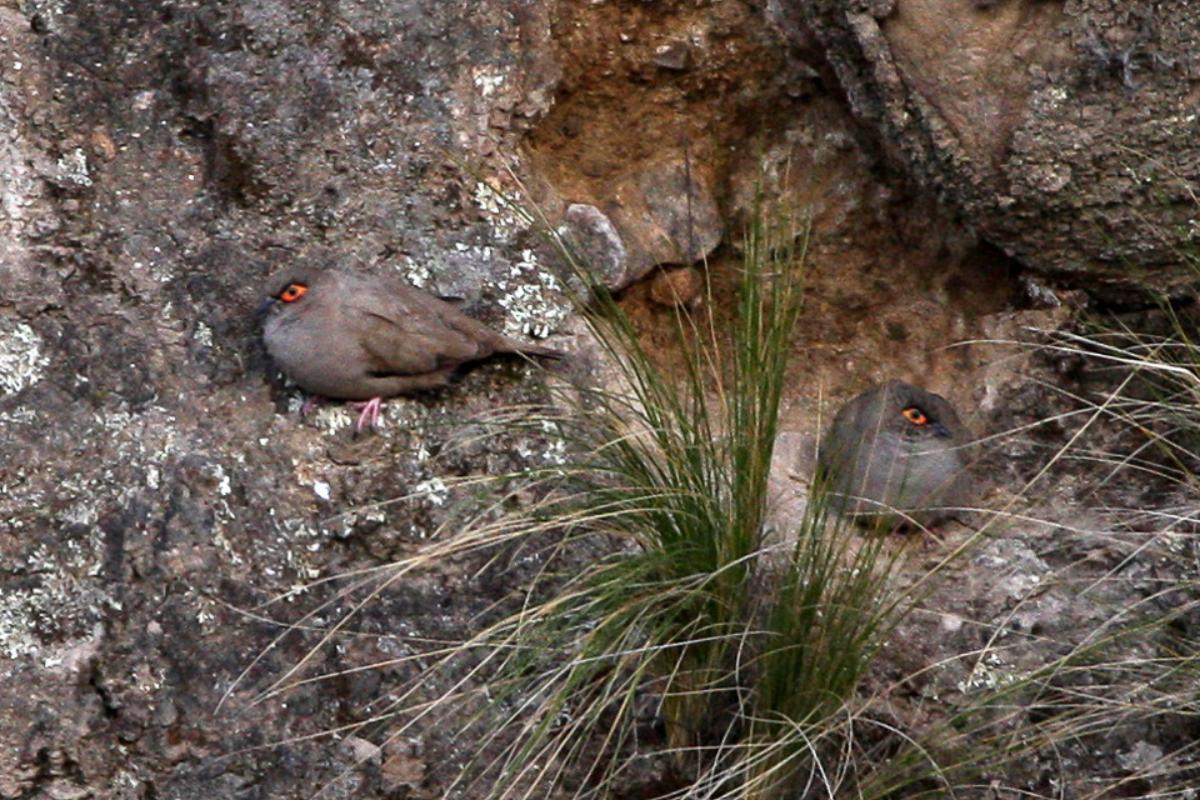
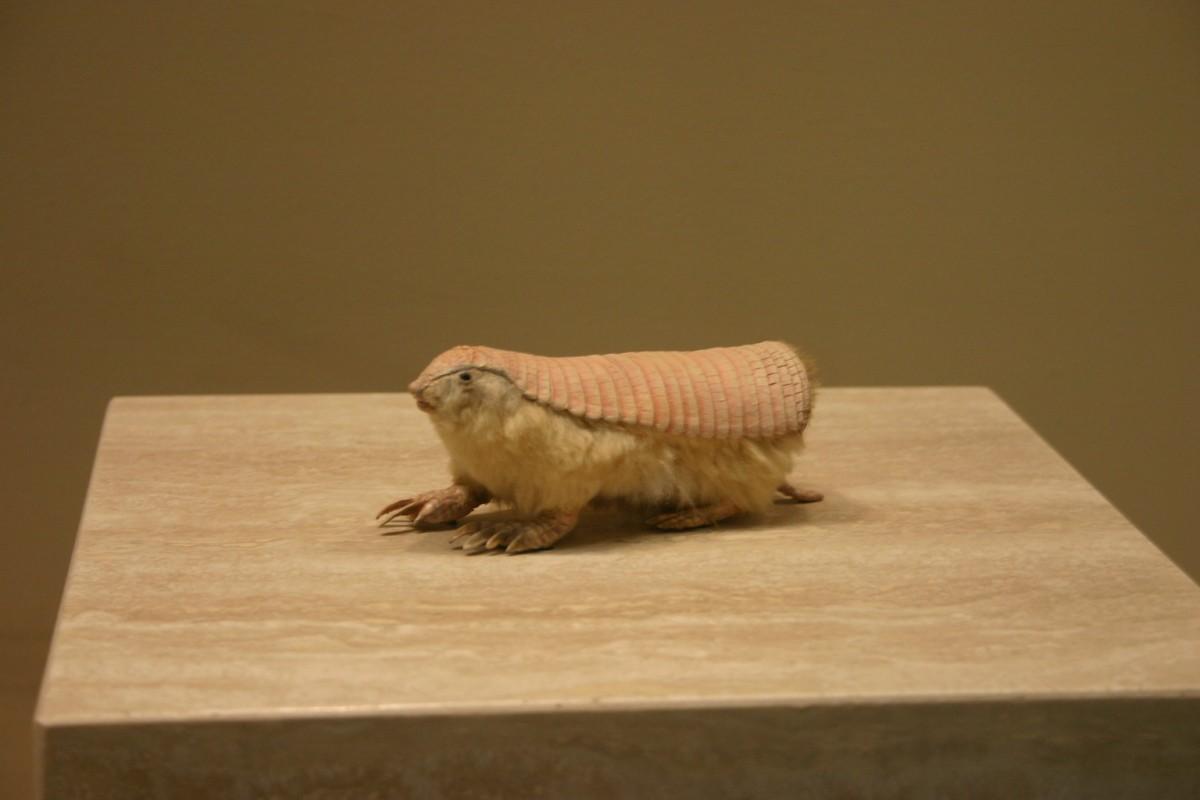
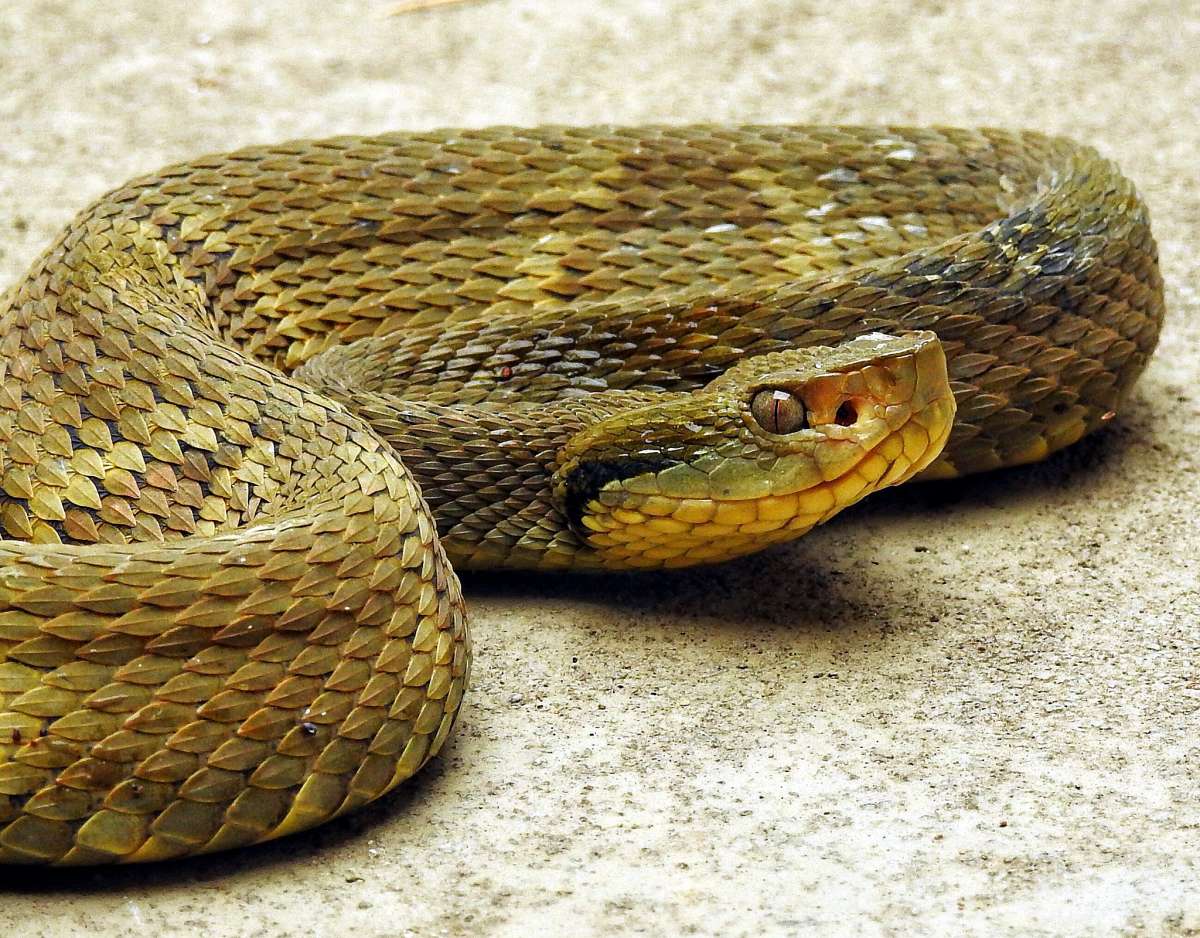
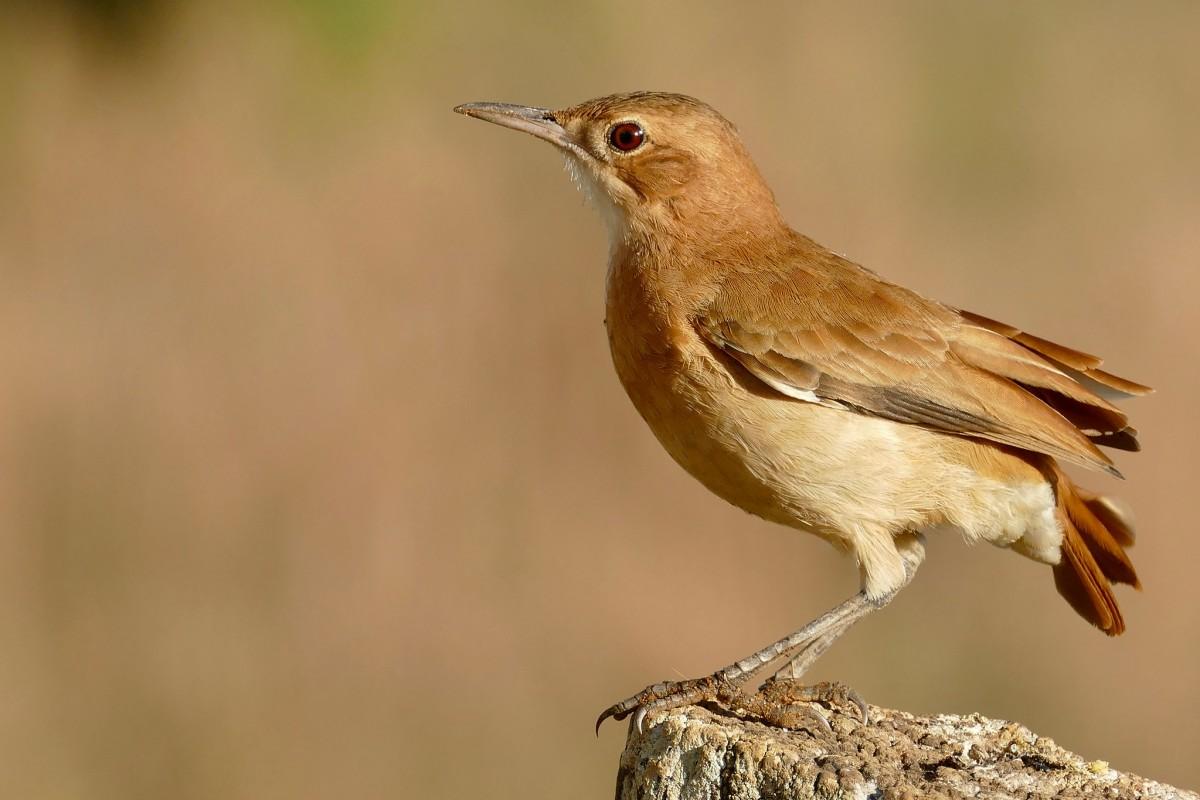

![18 Wild Animals in Laos [Wildlife in Laos]](https://www.kevmrc.com/wp-content/uploads/2022/12/18-wild-animals-in-laos.jpg)
![25 Wild Animals in Sweden [Wildlife in Sweden]](https://www.kevmrc.com/wp-content/uploads/2022/10/25-wild-animals-in-sweden.jpg)
![42 Wild Animals in Italy [Wildlife in Italy]](https://www.kevmrc.com/wp-content/uploads/2022/06/42-wild-animals-in-italy.jpg)